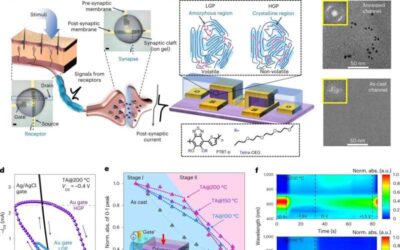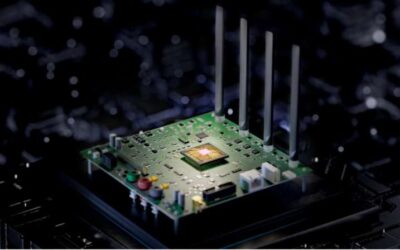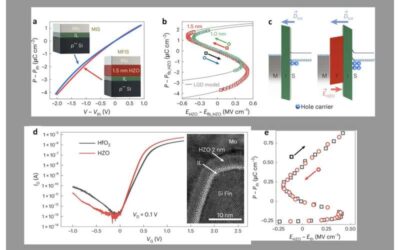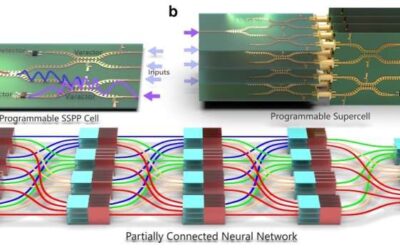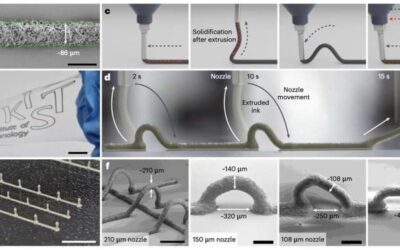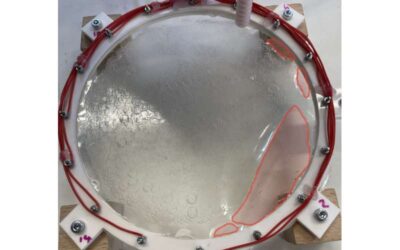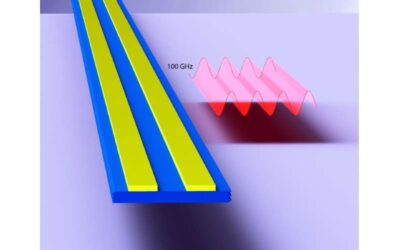In recent years, electronics engineers have been trying to develop new brain-inspired hardware that can run artificial intelligence (AI) models more efficiently. While most existing hardware is specialized in either sensing, processing or storing data, some teams have...
Electronics & Semiconductors
A new approach to realize parallel in-memory wireless computing
Advanced communication technologies, such as the fifth generation (5G) mobile network and the internet of things (IoT) can greatly benefit from devices that can support wireless communications while consuming a minimum amount of power. As most existing devices have...
Study demonstrates the potential of ferroelectric hafnia for developing low-power logic devices
Transistors, semiconducting devices that regulate, amplify and generate the flow of electrical current, are central components of most electronics. Electronics engineers have been trying to develop increasingly smaller transistors, as this could support the...
An adaptive artificial cochlea that could enhance the performance of hearing aids
In recent years, electronics engineers have developed a wide range of systems inspired by human and animal biology. By closely replicating complex biological processes, these systems could ultimately tackle numerous real-world problems more reliably and effectively.
A technique to spin soft functional fibers for smart textiles and wearable devices
In recent years, material scientists have been trying to develop soft and flexible fibers that could be used to create new electronics. These fibers could, for example, be used to create smart sensing clothes, energy solutions, and wearable biometric devices.
A programmable surface plasmonic neural network to detect and process microwaves
AI tools based on artificial neural networks (ANNs) are being introduced in a growing number of settings, helping humans to tackle many problems faster and more efficiently. While most of these algorithms run on conventional digital devices and computers, electronic...
3D printed elastic conductors for stretchable electronics
Three-dimensional (3D) printing has become increasingly advanced over the past few years and has been successfully used to create countless items, including toys, furniture and electronic components. As 3D printing equipment becomes more affordable, it could...
A new hydrogel-based skin with tactile sensing capabilities
Study demonstrates the non-volatile electrical control of a 2D magnetic insulator using a thin ferroelectric polymer
Two-dimensional (2D) magnetic insulators, which are electrically insulating materials with long-range magnetic order, could be used to fabricate compact magneto-electric or magneto-optical devices. Efficiently and reliably controlling the properties of these...
Electromechanical resonators operating at sub-terahertz frequencies
To further advance communication systems, increasing both their speed and efficiency, electronics engineers will need to create new and highly performing components, including electromechanical resonators. Electromechanical resonators are essential components of...

